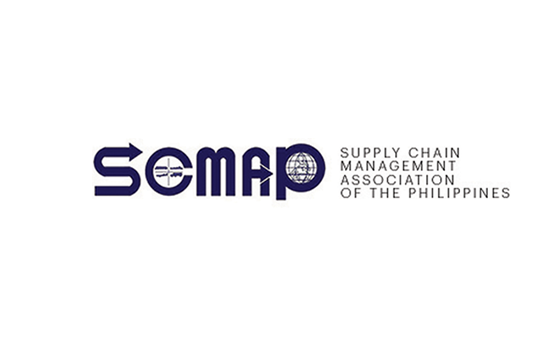It’s been a year since the Philippines—at least all of Luzon—went under its first lockdowns in an effort to combat the spread of COVID-19.
A lot has happened since then. Now the whole country remains in one form of lockdown or another. Supposedly we’ve had the longest pandemic-related lockdown in the world, but then it’s a trivial distinction, as only a few countries have really lifted most of their restrictions.
What has been more noticeable is the impact of the pandemic—and our response to it—on our economy. In the past twelve months the Philippines has seen its worst post-war economic contraction, with our gross domestic product shrinking 9.5% for the year. While experts agree that our economy may bounce back in 2021, it will take a while to undo the damage of what has amounted to a wholesale closure of most economic activities—resulting in job losses, closed businesses and dampened consumer confidence—all done in the name of limiting the spread of a disease. Considering I’m writing this in a week of record highs in new reported cases, it’s safe to say we haven’t succeeded.
What a far cry from this time last year, when we thought these lockdowns would only last two weeks, one month tops. And yet, there’s still a long way to go. With the rollout of COVID-19 vaccines still sluggish—will we ever hit the target of vaccinating every Filipino by the end of this year?—there’s still a long way to go.
While we in the supply chain sector have been lucky that our role in keeping the economy going has been recognized, it must be said that weak economic performance will ultimately impact on the demand for our services. The accelerated adoption of e-commerce continues to be encouraging, but consumers will not shift to online shopping completely. I may be able to buy everything I want online, but the past twelve months has been monotonous, and I am weary, so off to the mall I go, to have some coffee. Not everything can be done online. Have you noticed how some malls have been full again, or at least as full as government guidelines allow?
But not everyone can afford that “escape”. Businesses are still struggling. Unemployment is still high. Filipinos not having money to spend even on their needs translates to lower profits for businesses, and lower demand for the services of the supply chain sector. It’s a cycle that will continue until everyone sees a decisive and definitive end to our pandemic woes, whether it be the herd immunity promised by an effective vaccination drive, or stronger public health interventions to limit the disease. (Staying home and keeping distance alone does not cut it.)
And even then, things won’t be returning to the normal we once knew. What we’ll now call the “post-pandemic reality”—sorry, “new normal”, but you’re a tired trope now—will be different. More things will be done online, but not everything. There will be more pressures on individuals and families as boundaries between work, school and home continue to dissolve. People will still be wary of spending, so whatever they decide to buy—whether it be a gadget, a dinner out, or a vacation abroad—should be absolutely worth it. However, as we’ve seen in the past twelve months, this new reality also highlights existing inequalities. How about those whose connectivity options are limited? Those who have difficulty reskilling or finding new work?
Businesses—including us in supply chain—are regrouping to respond to these new realities, but not everybody will be able to, and the impacts of that could further drag the Philippines down and lengthen our journey away from COVID-19 even more. For its part, the government is working to provide mechanisms for those affected the most to bounce back, particularly through interventions targeted at certain sectors and industries. But is it perhaps time to consider measures that directly, tangibly, impact Filipinos? And I’m not just thinking of curfews, restrictions and bans on public displays of affection.
Supply Chain Outlook Live: Join us on March 22 for Supply Chain Outlook Live, where we look ahead to what promises to be another extraordinary year for supply chain. Joining us are Cabinet Secretary Karlo Nograles, the Cold Chain Association of the Philippines’ Anthony Dizon, and the REID Foundation’s Ronilo Balbieran. Register for free by visiting scmap.org.
Henrik Batallones is the marketing and communications director of SCMAP, and editor-in-chief of its official publication, Supply Chain Philippines. More information about SCMAP is available at scmap.org.





